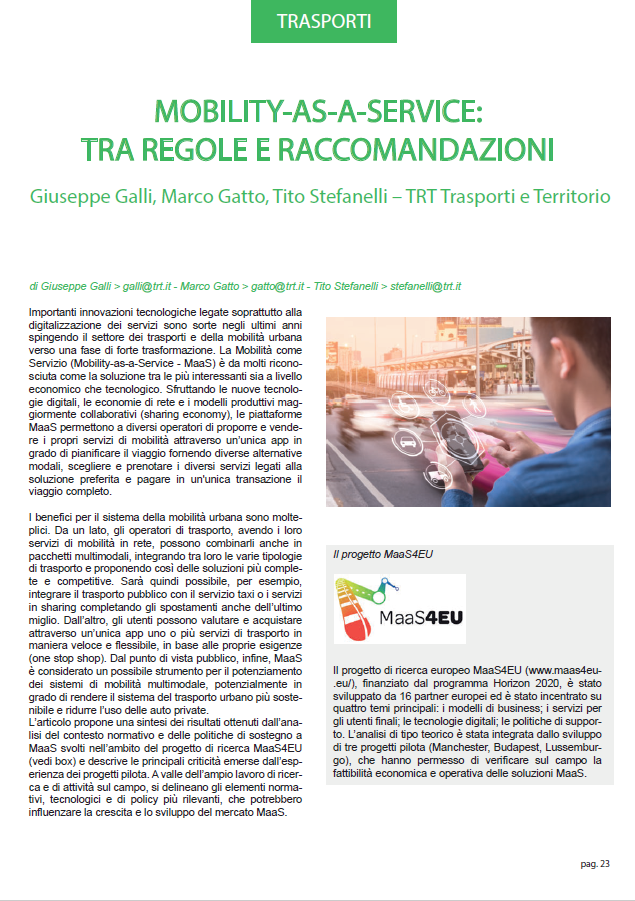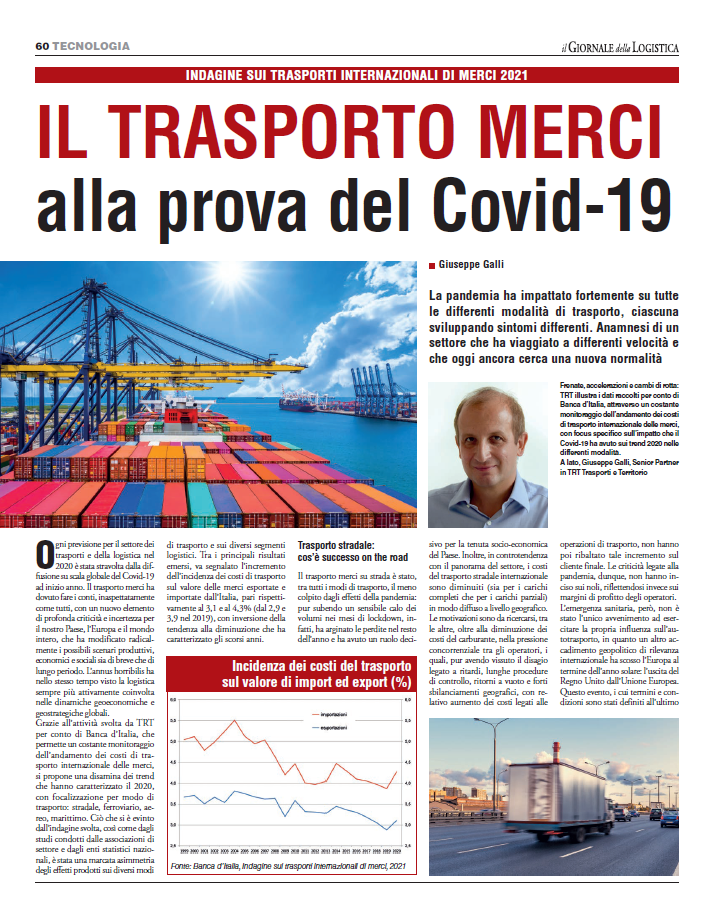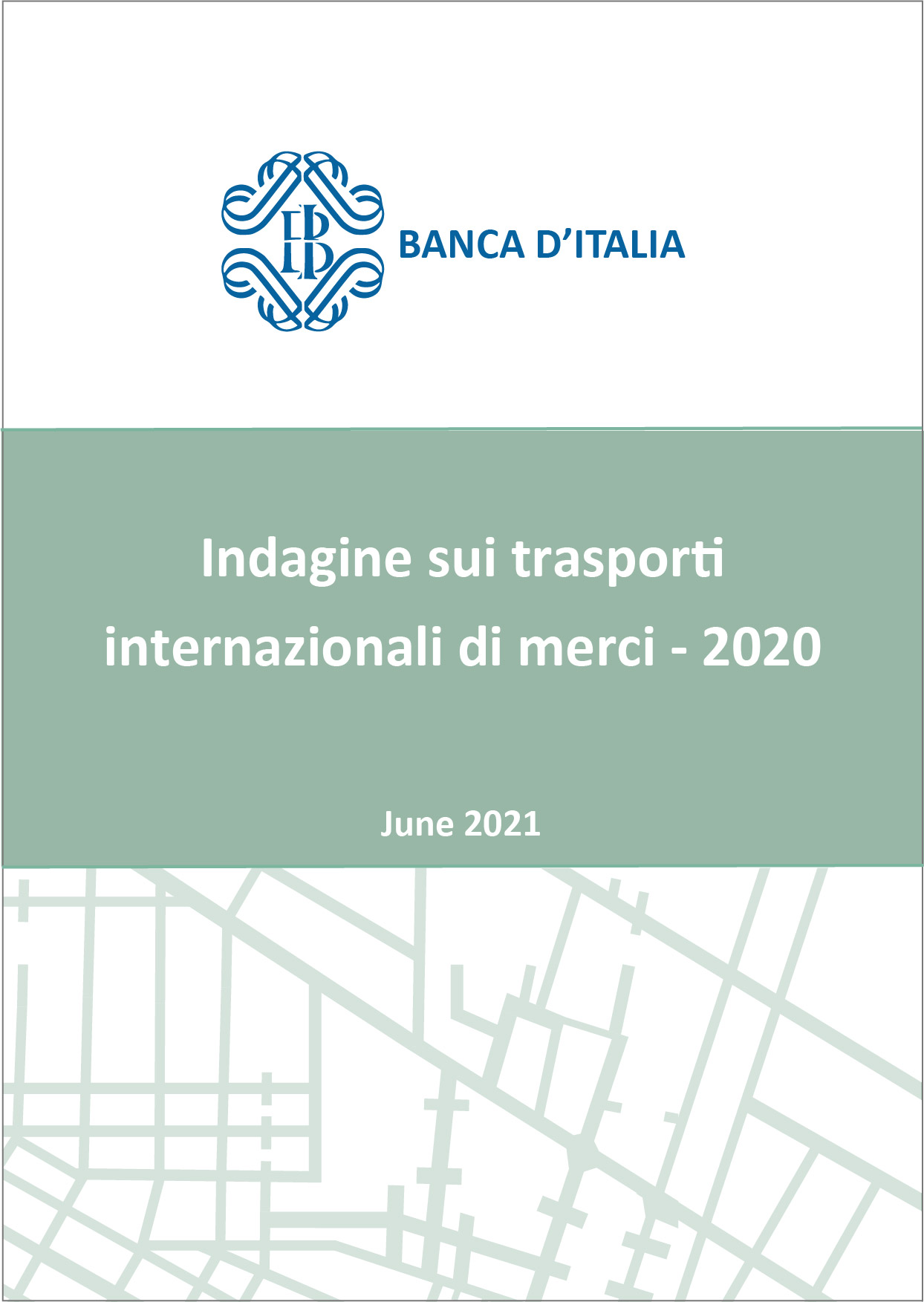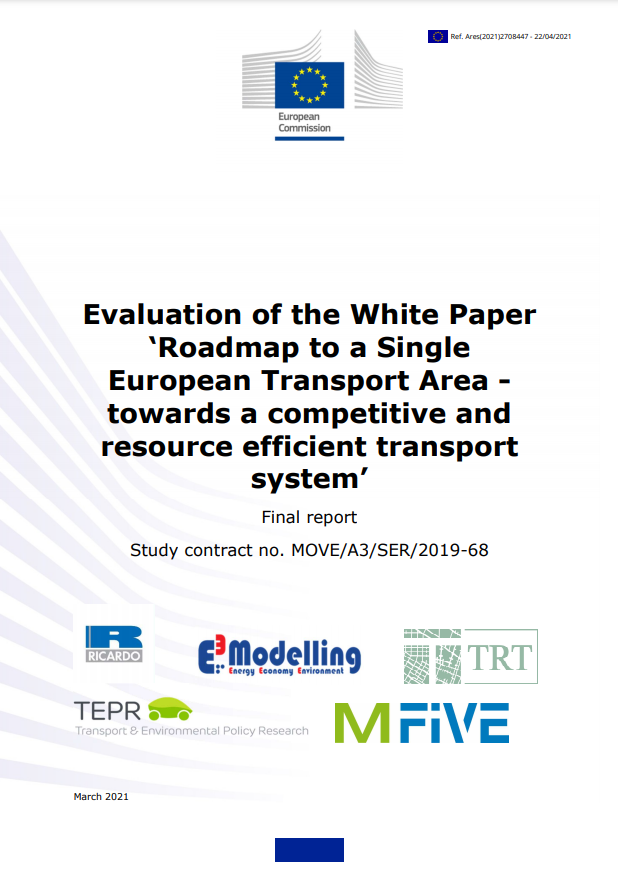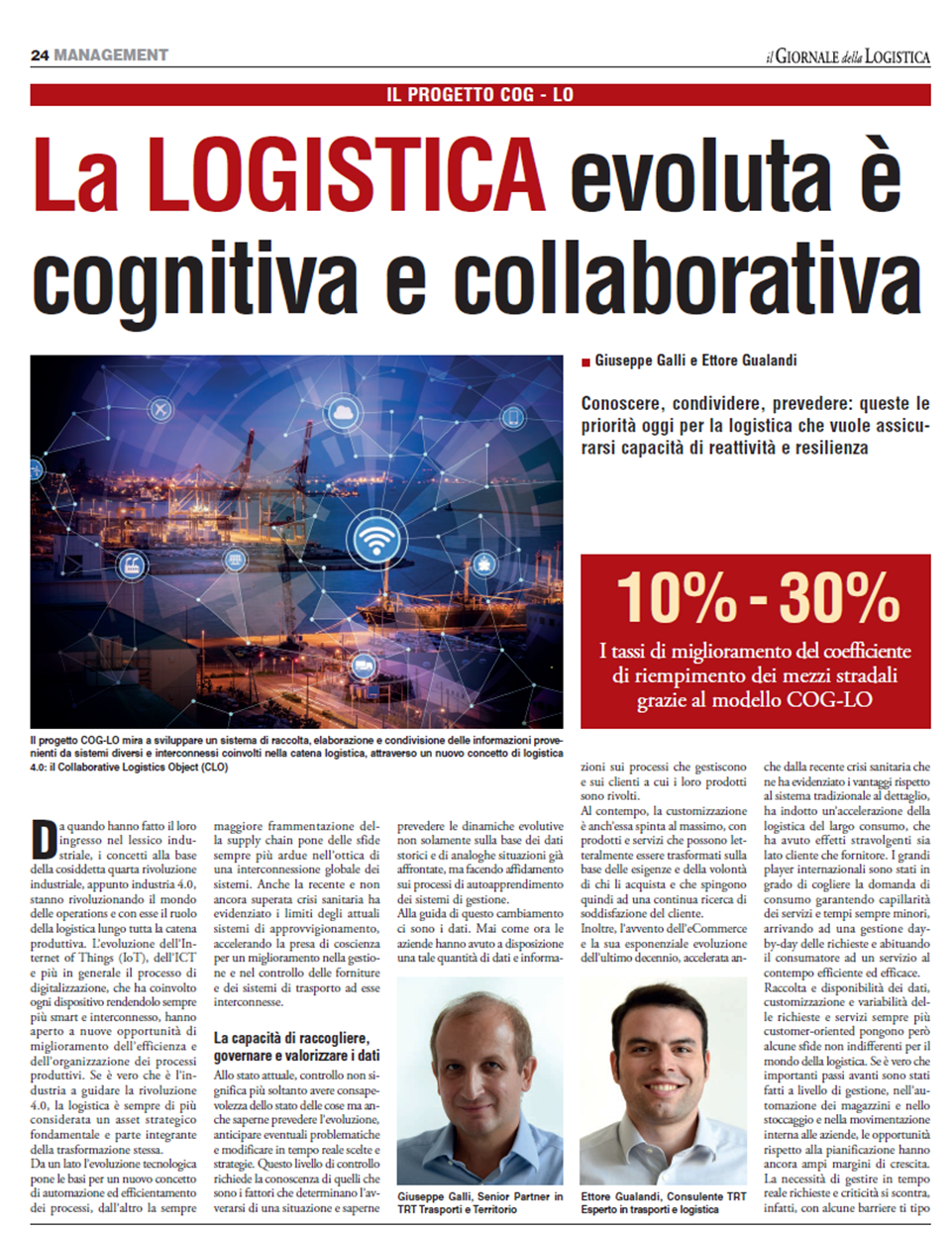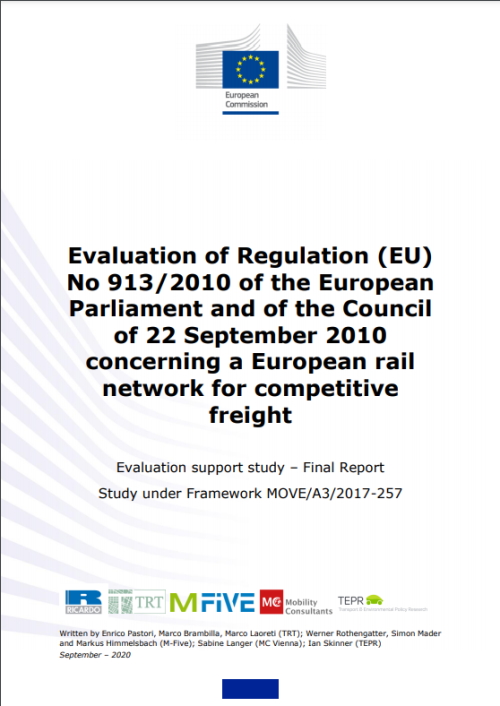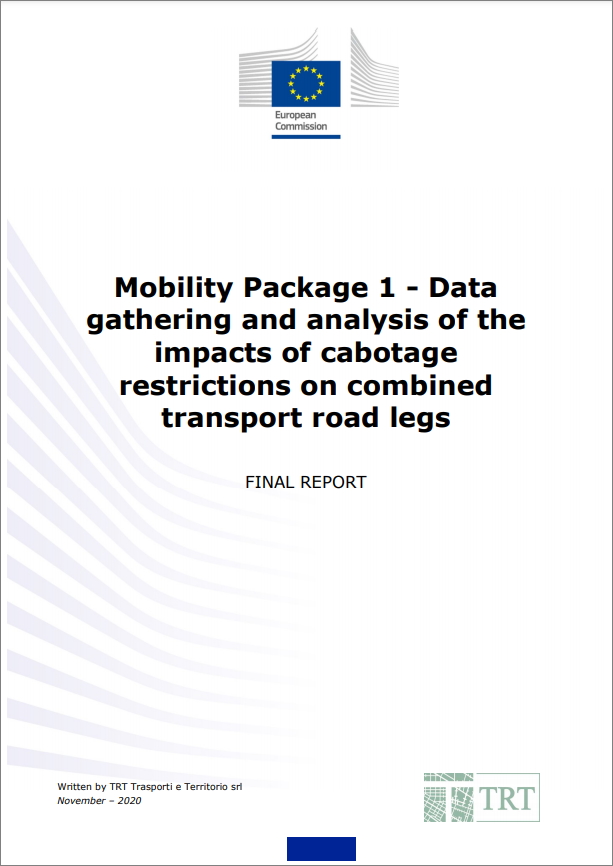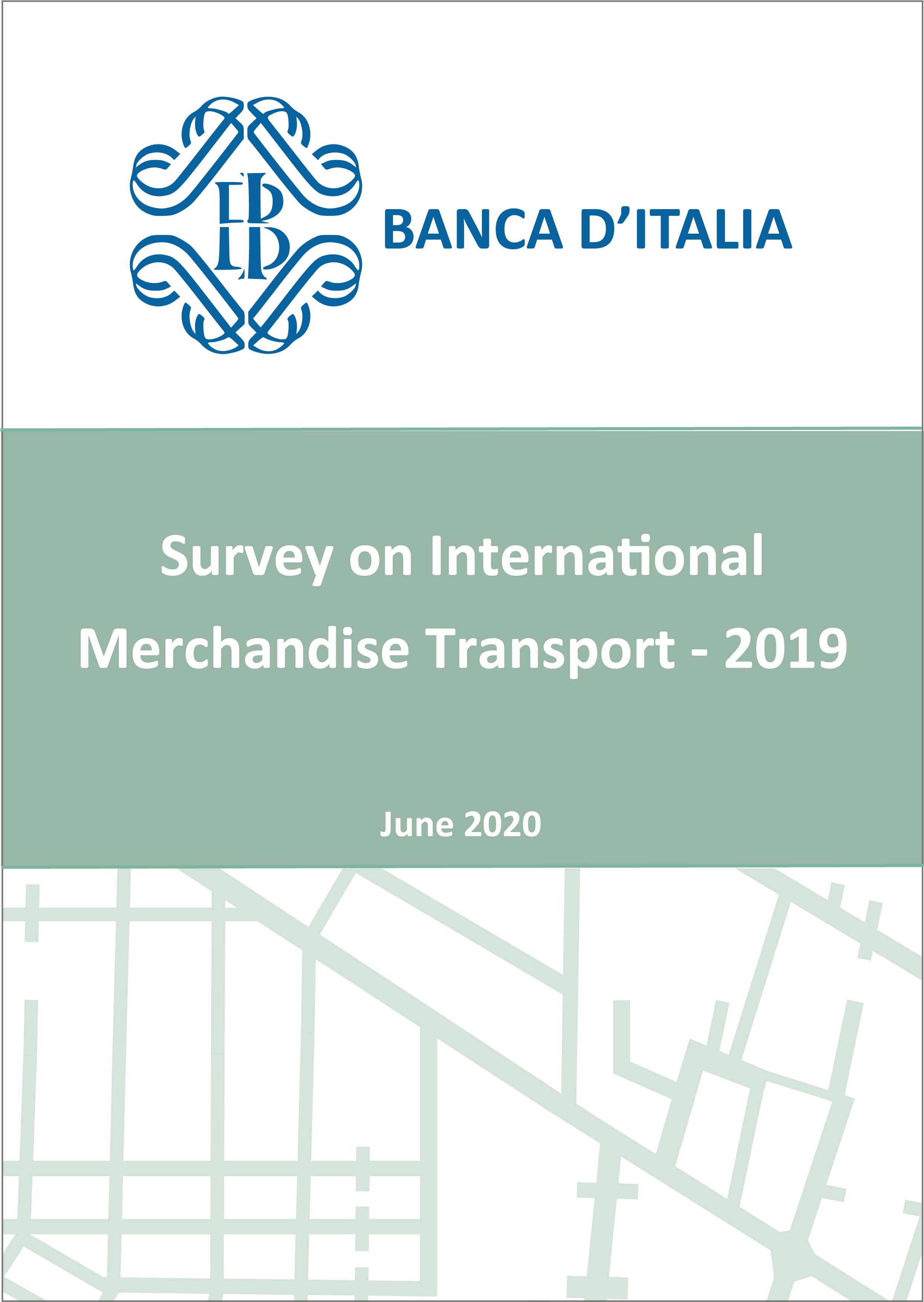This paper presents the results of the survey on international freight transport carried by TRT for Bank of Italy (the central bank of Italy) in 2020, as part of the compilation of the national balance of payments. Based on the sample surveys carried by TRT since 1998, the paper describes the key costs trends in the Italian freight transport sector. In 2020 TRT interviewed about 210 international freight operators from different transport segments and collected data on over 6.200 shipments, namely on freight rates and ancillary costs between different origins and destinations. s part of the compilation of the national balance of payments. For the statistics of the balance of payments, moreover, TRT estimates the market shares of freight carriers by nationality. During 2020, the incidence of transport costs on the value of goods exported to and imported from Italy increased, reversing the downward trend observed in the previous years. The transport sector has been inevitably affected by the Covid-19 emergency. The air transport sector suffered most due to a drop in passenger flights, leading to a severe shortage of “belly” capacity and a sharp increase in freight rates. In the maritime sector, significant price increases were observed in the container, ro-ro and liquid bulk sectors. As for land transport, transport costs slightly increased in the rail sector and slightly decreased in the road sector. Link to the project page. Download the full report (only available in Italian)

